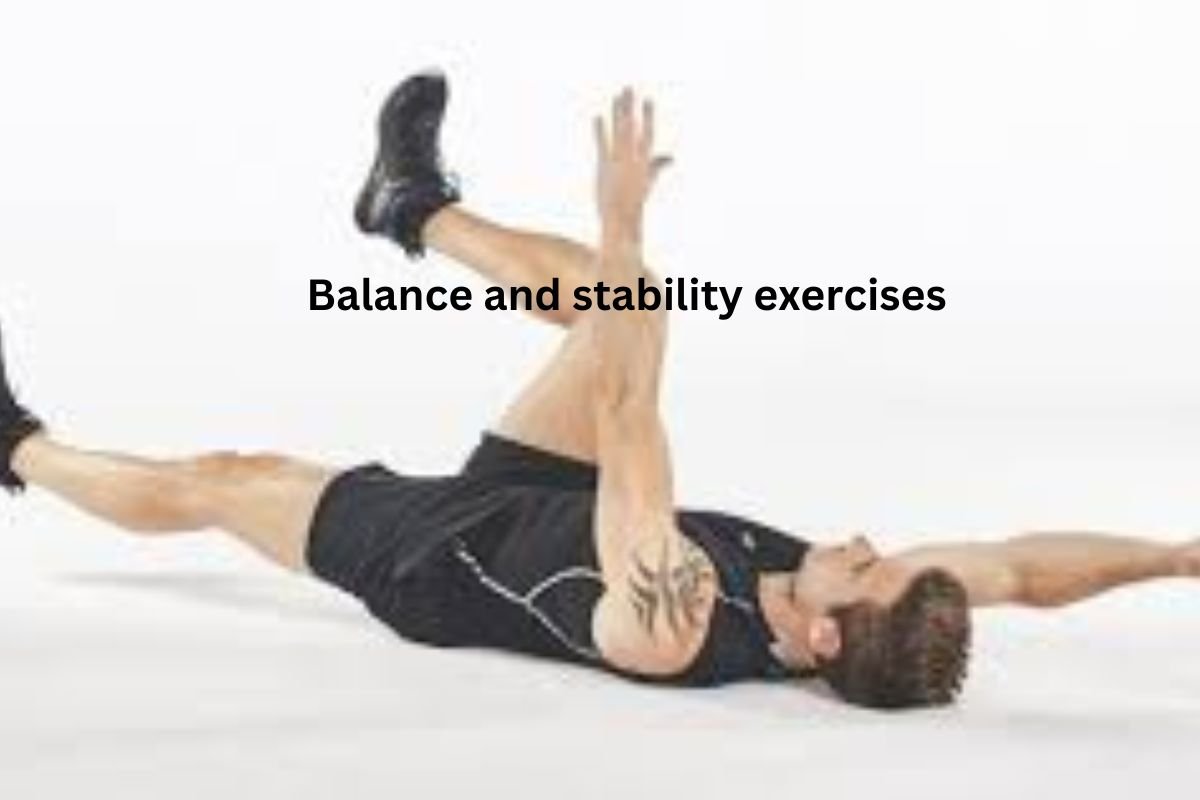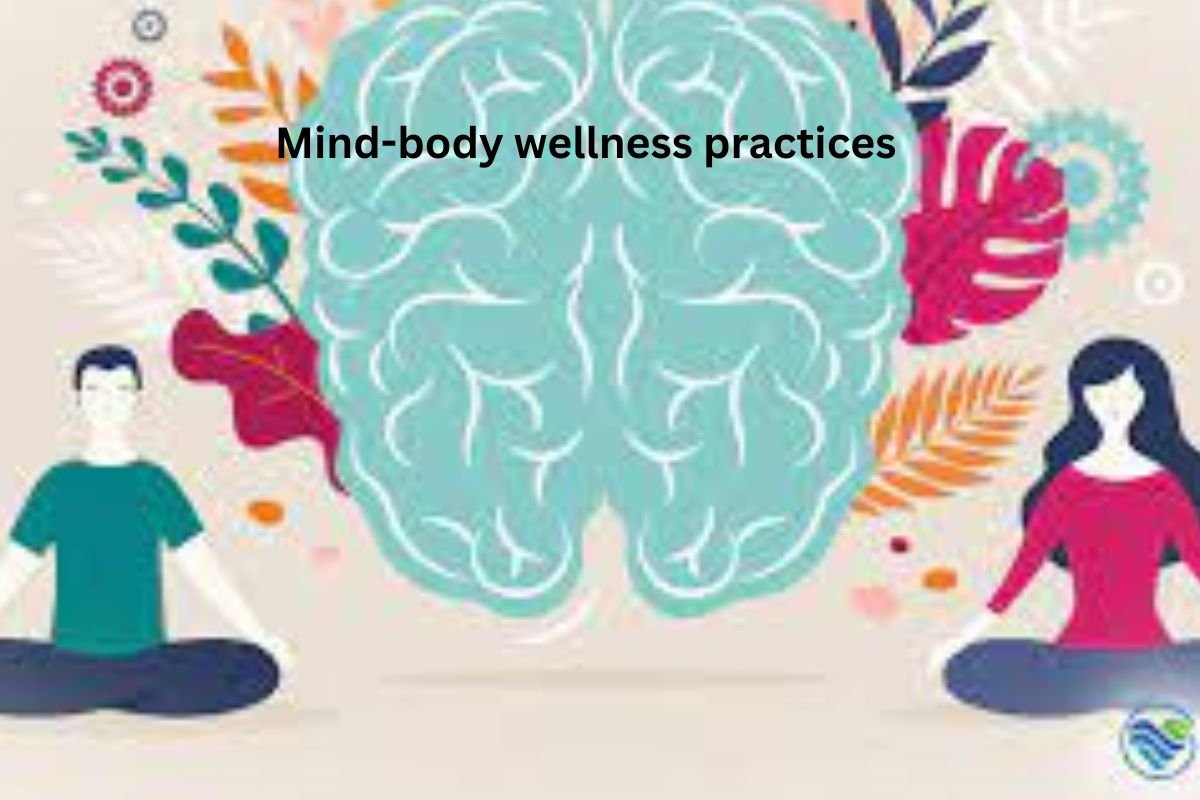Introduction to Balance and Stability Exercises
Balance and stability exercises are essential components of any fitness regimen, focusing on improving proprioception and enhancing overall physical performance. In this article, we explore the significance of balance and stability training and how it contributes to better health and functional movement.
Understanding the Importance of Balance and Stability
Maintaining good balance and stability is crucial for everyday activities, sports performance, and injury prevention. These exercises help develop core strength, improve posture, and enhance coordination and agility.
Benefits of Balance and Stability Exercises
Physical Benefits
Balance and stability exercises strengthen muscles throughout the body, including those in the core, legs, and ankles, leading to better overall stability and control.
Injury Prevention
By improving proprioception and neuromuscular coordination, balance and stability exercises reduce the risk of falls and injuries, especially in older adults and athletes participating in high-impact sports.
Functional Movement Improvement
Enhancing balance and stability translates to improved performance in activities of daily living, such as walking, climbing stairs, and bending over, making these exercises essential for maintaining independence and quality of life.
Types of Balance and Stability Exercises
Static Exercises
Static balance exercises involve holding a position or pose for a certain period without moving, such as standing on one leg or holding a plank position.
Dynamic Exercises
Dynamic balance exercises incorporate movement and challenge stability in different planes of motion, such as lunges, squats, and balance board exercises.
Proprioceptive Training
Proprioceptive training focuses on improving body awareness and coordination by using unstable surfaces or equipment like balance balls, wobble boards, and foam pads.
Incorporating Balance and Stability Training Into Your Routine
Warm-Up Exercises
Include balance and stability exercises in your warm-up routine to activate the muscles, increase blood flow, and prepare the body for more intense physical activity.
Standalone Workouts
Dedicate specific workouts to balance and stability training, focusing on a variety of exercises that target different muscle groups and movement patterns.
Integration with Strength Training
Incorporate balance and stability exercises into your strength training routine by performing exercises like squats and lunges on unstable surfaces or incorporating resistance bands for added challenge.
Common Mistakes to Avoid
Avoid rushing through balance exercises or neglecting proper form and alignment, as this can lead to injury or ineffective training outcomes.
Progression and Variation in Balance and Stability Exercises
Gradually increase the difficulty and complexity of balance and stability exercises over time to continue challenging the body and promoting improvement in strength and coordination.

Conclusion
In conclusion, balance and stability exercises are integral components of a well-rounded fitness program, offering numerous benefits for overall health and physical performance. By incorporating these exercises into your routine and focusing on progression and variation, you can enhance your stability, prevent injuries, and improve functional movement.
FAQs on Balance and Stability Exercises
- How often should I perform balance and stability exercises?
- Aim to incorporate balance and stability exercises into your routine 2-3 times per week for optimal results.
- Are balance and stability exercises suitable for all fitness levels?
- Yes, balance and stability exercises can be modified to suit individuals of all fitness levels, from beginners to advanced athletes.
- Can balance and stability training help with rehabilitation after an injury?
- Absolutely! Balance and stability exercises are commonly used in rehabilitation programs to improve strength, coordination, and proprioception after an injury.
- What are some simple balance exercises I can do at home?
- Basic balance exercises like standing on one leg, heel-to-toe walking, and tree pose yoga can be easily performed at home without any equipment.
- How long does it take to see improvements in balance and stability?
- Improvements in balance and stability can vary depending on individual fitness levels and consistency of training but can generally be observed within a few weeks to months of regular practice.



